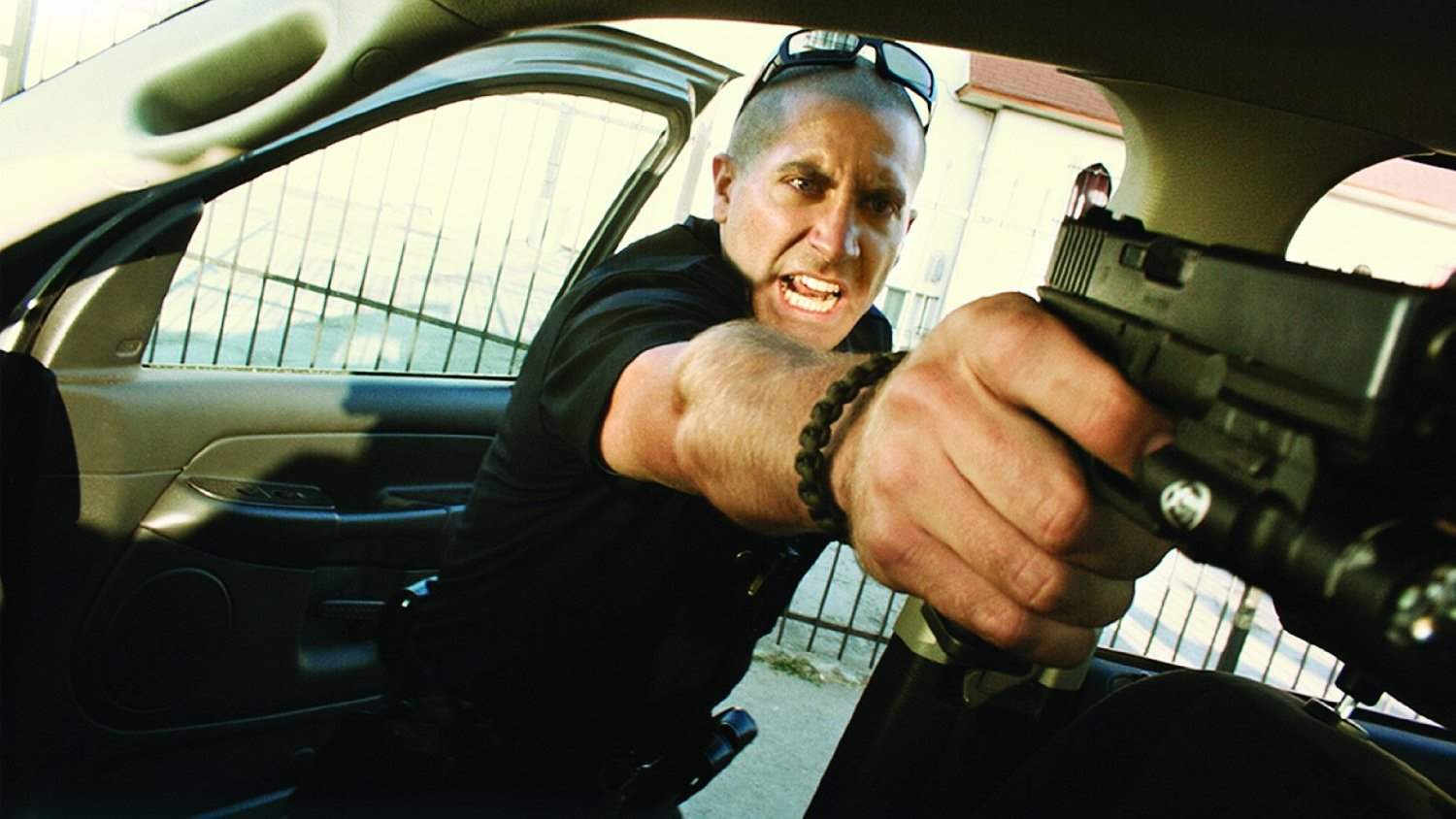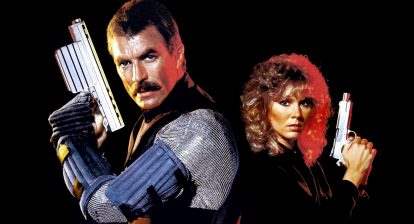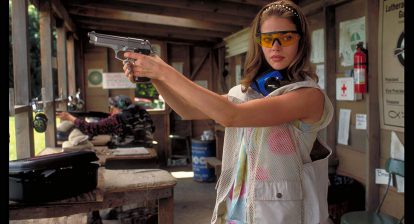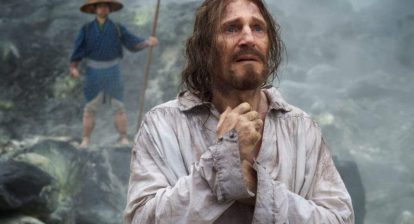Horror is evolving as a genre. Although your local multiplex is still peppered with the usual contenders, look a bit closer at the schedule and you’ll find the latest drama, thriller, or crime offering is closer to horror than you might expect. In this bi-weekly series, Joey Keogh presents a film not generally classified as horror and argues why it exhibits the qualities of a great flight flick, and therefore deserves the attention of fans as an example of Not Quite Horror. In this installment, we go on a terrifyingly realistic ride-along with two South Central cops in End Of Watch.
Writer-director David Ayer’s End Of Watch is the definition of a pulls-no-punches movie. Beginning and ending with a shootout, during which several people are senselessly and brazenly killed, it establishes itself from the outset as a warts-and-all look into a very difficult job.
When people are gunned down in this film (and they are, consistently, throughout), Ayer doesn’t capture the violence in the stylish, action movie sort of manner with which we are familiar, and that he would later put to good use in the Brad Pitt-starring Fury. Bullets rain down, blood spatters and bodies fall. There’s a beat before we move on to the next scene.
End Of Watch, much like Chronicle, is that rare beast: a non-horror found footage movie that works. Pitching Jake Gyllenhaal and Michael Peña as tough-as-nails South Central police officers, it creates a dual narrative of sorts, the first side of which deals with them as the hunters, and the other which features those they are hunting (who, later, turn the tables on them in a big way).
We follow Gyllenhaal’s Officer Taylor and Peña’s Officer Zavala on the beat as they cruise around the L.A. ghettos, responding to domestic disturbances, missing person reports and various other daily occurrences. Their lives take a turn when, after being awarded medals for valor for successfully rescuing a family from a burning building, Taylor gets a bit too cocky and leads his partner into danger as a result.
Opening with an overly earnest voice-over from Gyllenhaal, stating “I am fate with a badge and a gun”, End Of Watch wastes no time throwing us right into the action, the dashboard cam that captures most of it putting us queasily in the driver’s seat. There are several, lengthy sequences of Taylor and Zavala shooting the shit about their personal lives and what it means to be a cop, most of which was improvised, which are offset by the sudden, sustained outbreaks of violence.
The two actors spent five months training with the LAPD for their roles in the film, doing 12-hour ride-alongs (Gyllenhaal allegedly witnessed a murder on his first night). It pays off, their performances elevated by a realism that is expertly matched by the haphazard, often shaky, camerawork. The cultures of both sides of the feud are well-established so neither feels like the obvious villain; the cops, who are very by-the-book and stern, are juxtaposed against the wild, fast-talking, and fast-shooting gang members.
The question hanging over everything is whether these two guys are genuinely trying to do good, or if it’s all about ego. Although they’re definitely the proverbial good guys, there’s still a sense that they get what’s coming to them. The easy, effortless dynamic between the two actors makes the descent of their characters all the more heartbreaking–especially when they’re lured into danger and left as sitting ducks by their colleagues. The moment when Peña realises he’s surrounded is one of the most stomach-dropping of the film.
The most gruesome incident, however, comes during a run-of-the-mill welfare call. After poking around a supposedly deserted house, the two cops stumble upon a drug stash and the dead body of the previous inhabitant. Another room, hidden behind a curtain, has a small pit dug into the ground, in which there are body parts including heads, arms and other pieces. It’s a shock because it isn’t set up like a horror movie, there’s no music cue to suggest something bad is about to happen.And yet, David Hardy’s score hums under everything, creating a sense of impending doom that is demolished in the scenes where the two cops are bantering, or when they attend a wedding. The narrative unfolds in much the same way a typical few months in the lives of two South Central cops would, with their decisions impacting on how things develop accordingly. The dread comes from wondering whether every mistake, every wrong decision is going to cost them.
Much like most great Not Quite Horror movies, End Of Watch is frightening and tense chiefly because it is realistic, its most horrifying incidents rooted in the mundanity of a jobbing life. The shootouts are intense, bloody and often stretch out over several minutes. Ayer cuts between the found footage (the film is shot documentary-style, supposedly by Taylor himself) and swooping shots of the L.A. landscape, establishing how tiny and insignificant his two protagonists are in the grand scheme of things. Just when they think they’re in control, everything changes.
Their fear, and indeed ours, is born out of thinking they know it all when, as the devastating denouement reveals, everything can fall apart in an instant.




